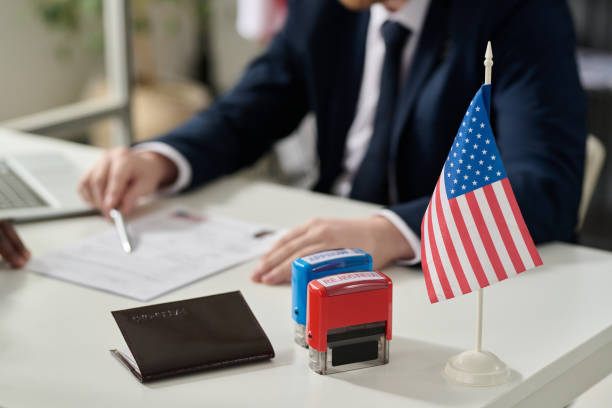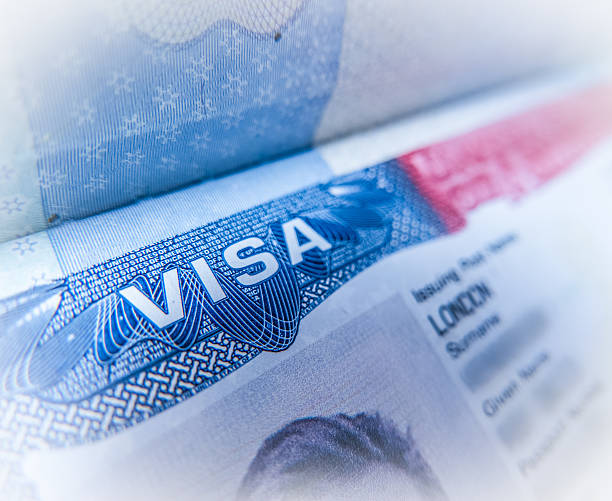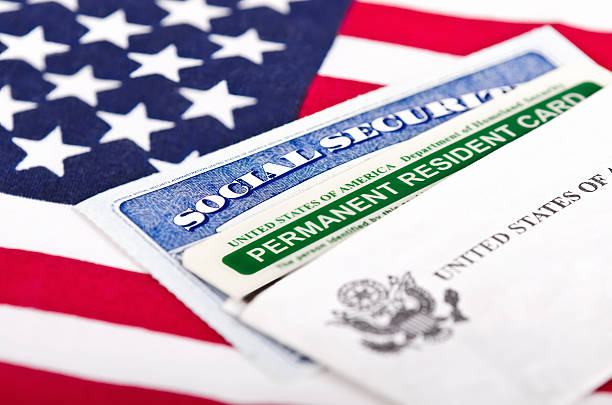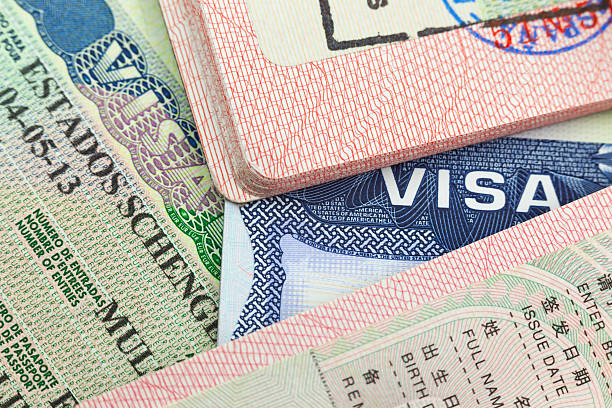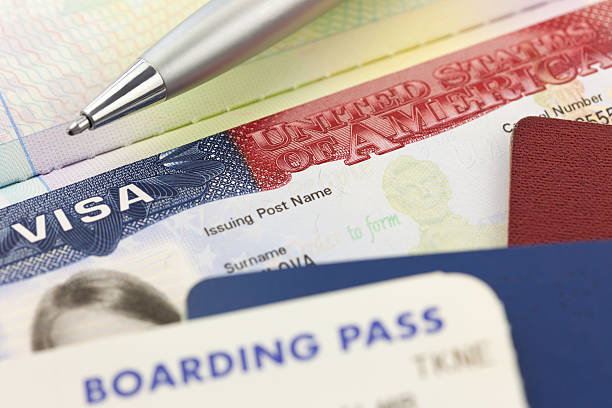
How to Reapply After a Visa Rejection
How to Reapply After a Visa Rejection
Facing a visa rejection can be a disheartening experience, but it doesn't have to be the end of your immigration journey. Many applicants successfully reapply and secure their visas on the second or third attempt. Understanding the reasons for your rejection and taking corrective steps can significantly improve your chances of success. Here’s a comprehensive guide on how to reapply after a visa rejection.
1. Understand the Reason for Rejection
The first step after a visa rejection is to understand why your application was denied. The consulate or embassy typically provides a reason for the rejection, which can range from incomplete documentation to not meeting specific visa requirements.
If the reason is unclear, consider requesting further clarification from the embassy or consulting with an immigration lawyer for a detailed explanation.
2. Address the Issues Identified
Once you understand the reasons for your rejection, take steps to address them. This might involve gathering additional documents, providing more detailed information, or correcting errors in your application.
For instance, if your application was rejected due to insufficient financial proof, ensure you provide comprehensive financial statements or additional evidence of your financial stability.
3. Gather Supporting Documents
Carefully review the visa requirements and ensure you gather all necessary supporting documents. Common documents include financial statements, proof of employment, letters of invitation, travel itineraries, and personal identification documents.
Ensure all documents are up-to-date, accurately translated if required, and meet the specific criteria set by the consulate.
4. Seek Professional Assistance
Consider consulting with an immigration lawyer or visa consultant to review your application and provide expert advice. Professionals can offer insights into complex immigration rules and help you present a stronger application.
Organizations like AILA (American Immigration Lawyers Association) provide resources to find qualified immigration lawyers.
5. Prepare a Strong Cover Letter
Include a detailed cover letter with your application. Explain any previous issues that led to the rejection and outline the steps you have taken to address them. Clearly state your intentions and provide a compelling reason for your visit.
A well-crafted cover letter can make a significant difference in how your application is perceived by the consular officer.
6. Practice for the Visa Interview
If a visa interview is required, practice answering common questions confidently and clearly. Be honest and consistent in your responses. Explain your ties to your home country and your plans for returning after your visit.
Consider doing mock interviews with friends or family to build your confidence and ensure you are well-prepared.
7. Submit a Complete and Accurate Application
Double-check your application for completeness and accuracy. Ensure all fields are filled out correctly, and no documents are missing. Mistakes or omissions can lead to another rejection.
Using a checklist can help you ensure that all required documents are included and properly organized.
8. Consider Timing
Be mindful of the timing of your reapplication. If your previous application was rejected due to temporary issues, such as insufficient funds or incomplete documents, ensure these issues are fully resolved before reapplying.
Rushing into a reapplication without addressing the underlying issues may lead to another rejection.
9. Stay Positive and Persistent
Reapplying after a visa rejection can be a challenging process, but staying positive and persistent is key. Many applicants succeed after refining their applications and addressing the reasons for their initial rejection.
Remember that a visa rejection does not reflect on your worthiness or eligibility; it simply means that additional steps are needed to meet the visa requirements.
10. Utilize Available Resources
Leverage available resources such as immigration forums, support groups, and official embassy websites for guidance and support. Engaging with others who have successfully navigated the reapplication process can provide valuable insights and encouragement.
Websites like Immihelp and VisaJourney offer forums and resources for visa applicants.
Conclusion
Reapplying after a visa rejection requires careful planning, attention to detail, and perseverance. By understanding the reasons for your rejection, addressing any issues, and preparing a comprehensive and accurate application, you can improve your chances of success. Seek professional assistance if needed, practice for your interview, and stay informed about the specific requirements of the visa you are applying for. With determination and the right approach, you can successfully navigate the reapplication process and achieve your immigration goals.






